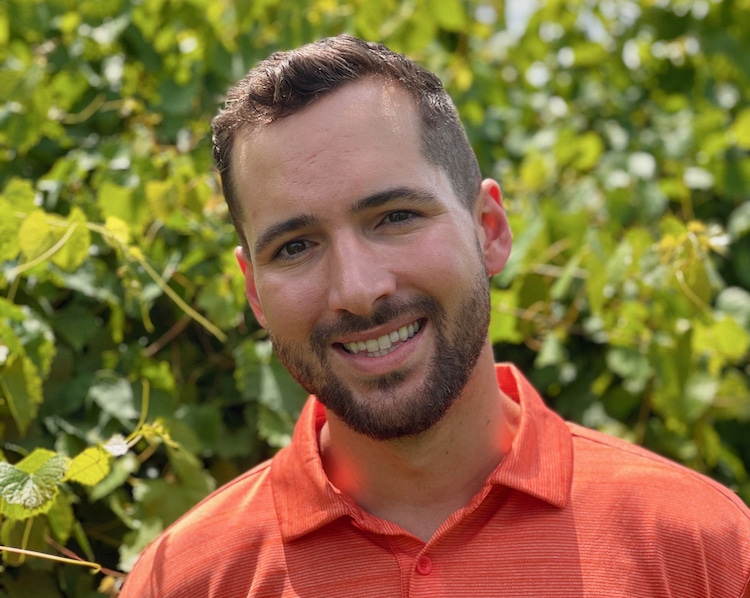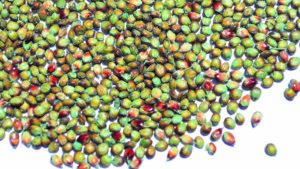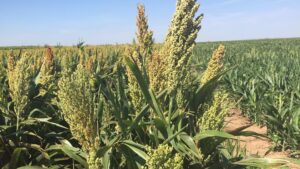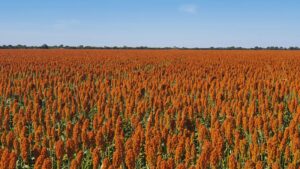A.J. Ackerman is one of this year’s National Association of Plant Breeders Borlaug Scholars. At 27 years old, he is a Ph.D. candidate in Plant and Environment Sciences at Clemson University slated to graduate in May 2022. His Ph.D focus is on host biochemical mechanisms that play a role in biotic resistance in sorghum. He also works to develop Fusarium graminearum inoculums in winter wheat disease nurseries to determine the best methods for phenotyping fusarium damaged grain lots. As President of the Clemson Translational Genomics Association, he brought the Pioneer Plant Sciences Symposium to campus.
A.J. sat down virtually with Seed World to tell us his story in his own words.
I grew up on a farm in rural Illinois and decided upon my career path after attending a Monsanto field demonstration in DeKalb, Ill., around the age of 11. At such a young age, I likely understood very little of the presentation. Nonetheless, I realized the research they were presenting provided solutions to managing the inherent risks that are part of farming. Upon graduating high school, I decided to temporarily move to DeKalb to become a maize hand pollinator at the DeKalb headquarters for Monsanto over the summer. This job usually consists of local high schoolers to college-age kids looking for summer work and as not necessarily a job that many people relocate for.
Because of this, I received a few curious questions while going through the interview process, but after realizing that I intended to learn the fundamental processes and techniques involved in plant breeding and get my foot in the door with Monsanto, the interviewers were fully supportive. I’m grateful I did this because it led to a six-month co-op starting the following summer at a soybean breeding location in Janesville, Wisc., where I truly had my first opportunity to develop as a plant breeder and made invaluable connections within the private industry.
During my co-op for Monsanto in 2015, I tested various crops in specific situations, and sorghum was always my favorite for its ability to secrete its own natural herbicide through a mechanism called allelopathy. Ironically, half a decade later I’ve come full circle working full-time on studying the biochemical profile of sorghum for its value to end consumers and potential for breeding programs to target biochemical traits.
I grew up surrounded by acres of corn and soybeans, and when choosing a Ph.D program, one of my top goals was to expand out of the Midwest and see agriculture elsewhere in the country. So my experience at Clemson University has genuinely been a horizon-expanding opportunity: working with breeders, farmers, and agronomists throughout South Carolina has been everything I hoped it would be.
On a macro level, my long-term goals with research are farmer-focused, as I’m hoping to provide solutions that allow growers to be financially stable and maximize profit margins while having the opportunity to exploit situations that reward environmental sustainability as they arise in the future. On a micro level, my dissertation is about understanding sorghum resistance to head mold fungi.
The goal is to identify and characterize traits that stabilize yield in the face of disease pressure while preventing carcinogenic toxins from building in the grain and negatively impacting grain safety. The research aims to have a direct impact in the humid, mold-conducive growing environments typical of the Southeast, while the approach to biochemical traits to preserve grain safety hopes to have a more widespread impact across regions and crops.
For more insights into how allelopathy works, see below!













